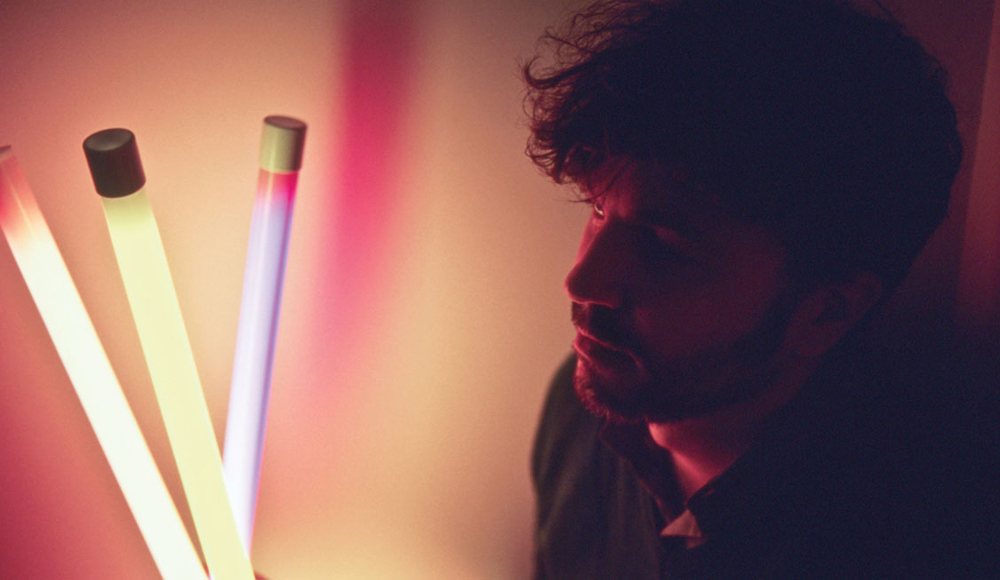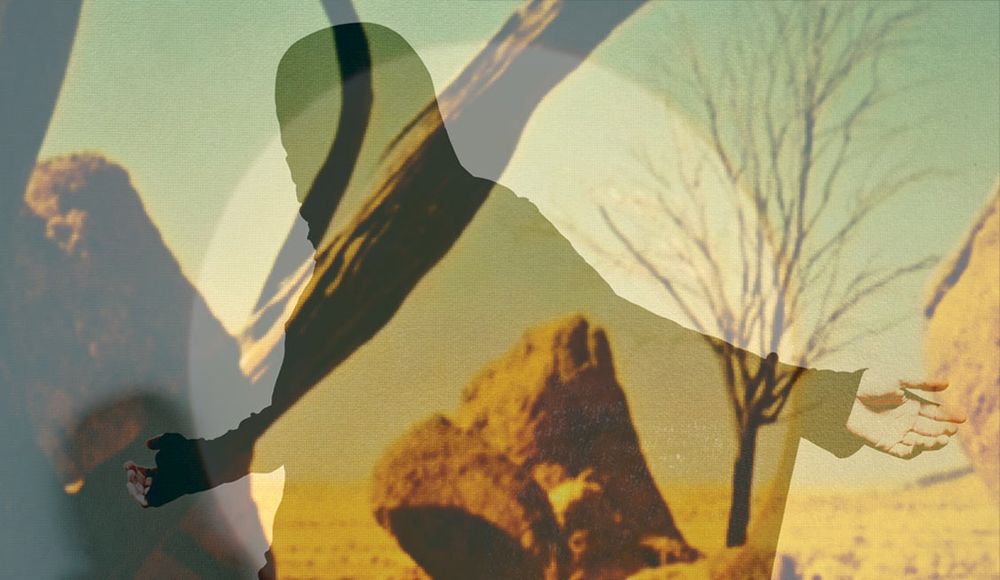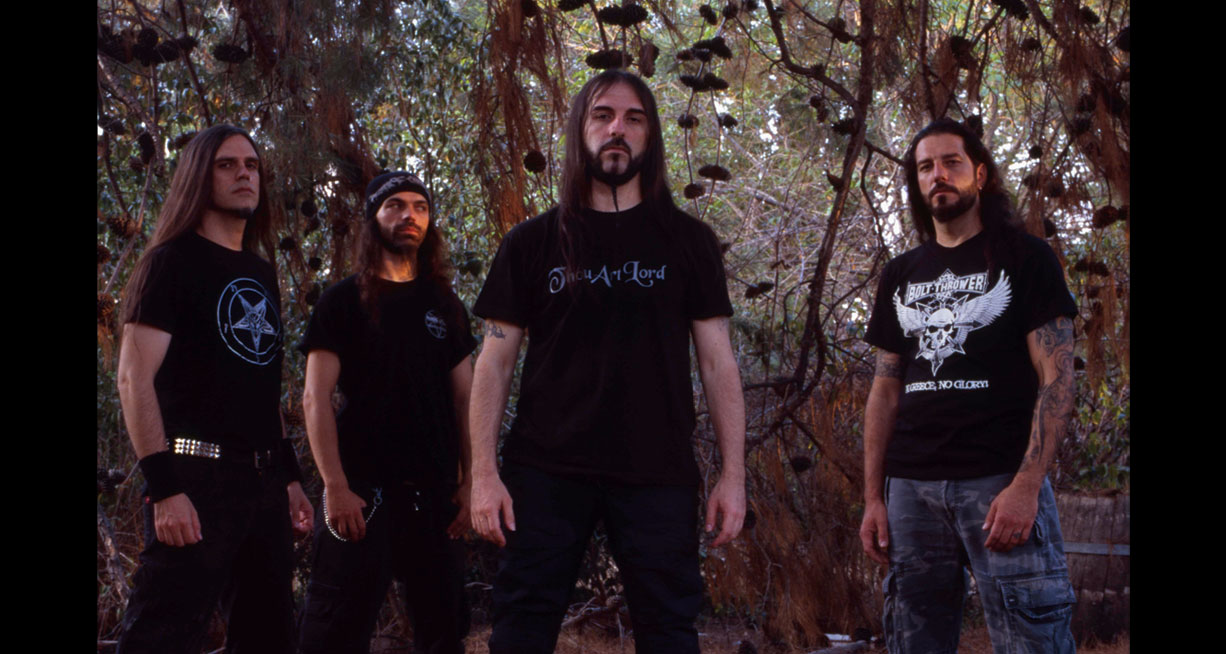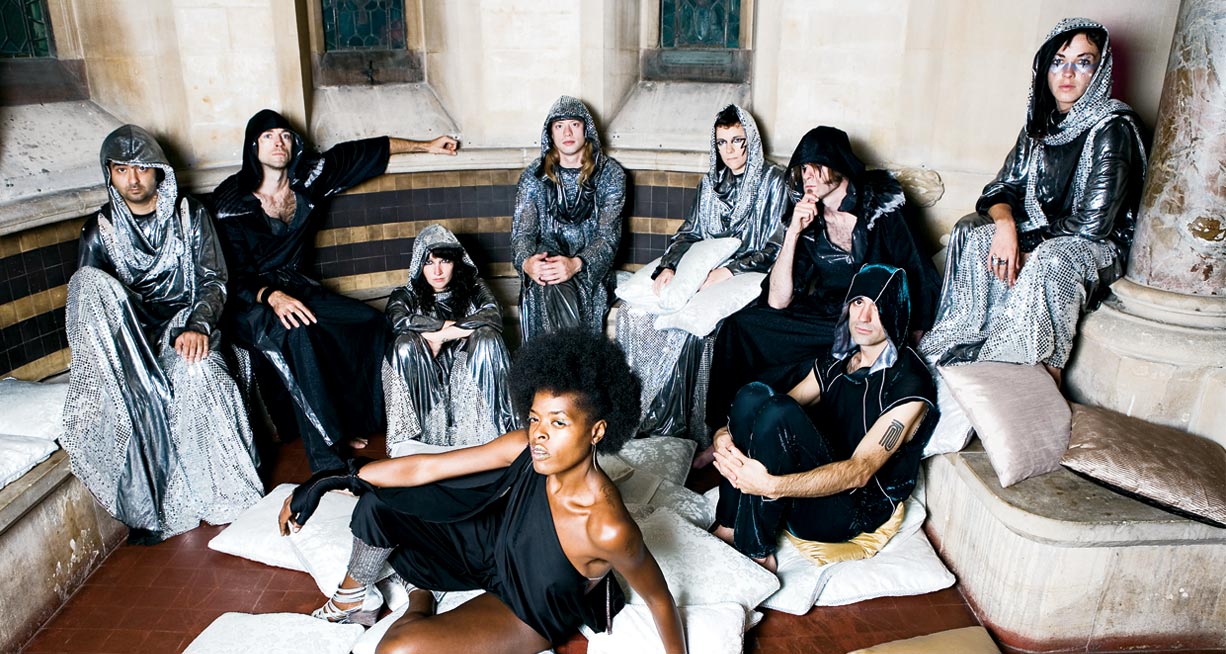Featured in our book Chromatic: The Crossroads of Color and Music along with member and über-collagist / visual artist Are Mokkelbost (who also records as Single Unit), KILLL is/was a live-only art-metal project from Oslo that must be experienced in person. Now, chances are that you haven’t been to Oslo, so you’ll have to make due with this, an excerpt recorded at the band’s final show on September 13, 2012.
Chromatic
Video Premiere: Judgement Day’s “Forest Battle”
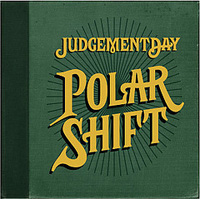 Judgement Day: Polar Shift (Minus Head, 7/31/12)
Judgement Day: Polar Shift (Minus Head, 7/31/12)
After months of creative seclusion in a northern California barn, string-metal trio Judgement Day has reemerged with an acoustic album, Polar Shift, that deviates from its electrically enhanced material — all without sacrificing its dark, metal-washed sound. The band’s third full-length studio album goes back to its street-performer roots with un-doctored instrumentals that embrace the dynamic variation of the drums, cello, and violin.
Daft Punk: “Alive” in Color
This story first appeared in Chromatic: The Crossroads of Color and Music. Order your copy today.
 Daft Punk: Human After All (Virgin, 3/15/05)
Daft Punk: Human After All (Virgin, 3/15/05)
Daft Punk: “Technologic”
[audio:https://alarm-magazine.com/wp/wp-content/uploads/2012/03/daft-punk-technologic.mp3|titles=Daft Punk: “Technologic”]As the story goes, Daft Punk’s Thomas Bangalter and Guy-Manuel de Homem-Christo became robots at exactly 9:09 a.m. on September 9, 1999, in a freak sampler-related accident. However ridiculous, this bit of science fiction may fit no one better than the world-famous French dance duo, whose digitized existence has taken on a mythology of its own. Despite limited material and general unavailability, Daft Punk has managed to grow its legend and vast following, and this hands-off approach has led to speculation and hearsay that do more for the band’s popularity than an interview ever could. Of course, Daft Punk’s prestige is also due to one of the most talked-about live shows of the past decade.
By the early 21st Century, Bangalter and de Homem-Christo had achieved near-ubiquity on a global scale — whether listeners recognized their music as Daft Punk songs or not. But even after the two invented a new origin and delivered a new studio album — Human After All in 2005 — listeners felt like they knew the story. Initial reviews of Human After All criticized the album for being repetitive and not as elaborate, and some felt that the mystique was gone.
†‡† (Ritualz): Anonymous Witch-House Musician Draws from Pop’s Dark Side
This story first appeared in Chromatic: The Crossroads of Color and Music. Order your copy today.
†‡†: “gOth bb”
[audio:https://alarm-magazine.com/wp-content/uploads/2010/10/Ritualz_Goth_BB.mp3|titles=†‡† (Ritualz): “Goth BB”]Behind the dark electronica of †‡† (vocalized and alternately written as Ritualz) stands an anonymous, soft-spoken man. The latter is confirmed in fragmented bits over the phone, before technological limitations force the conversation to Google Chat. Once online, he explains that he’d prefer to keep his regular location to himself, though he divulges that he’s staying with family in Mexico City and has a date to perform in Monterrey, Mexico the following week. (San Marino, the location listed on his MySpace profile, is a red herring.)
An instant-message interview is very fitting; nearly everything about Ritualz’ short music career has happened on the Internet. Two days after making a MySpace profile showcasing a handful of gloomy trip-hop tracks under his nom de guerre, he signed to Houston-based micro-label Disaro. Run by Robert Disaro, the Disaro label is a standard bearer for a nascent electronic sub-genre that most are calling “witch house,” and Ritualz’ compelling mix of drone, synth hop, and industrial is a perfect fit.
Qua: A Digital-Analog “One-Stop Shop” for Texture, Color, and Melody
This story first appeared in Chromatic: The Crossroads of Color and Music. Order your copy today.
 Qua: Q&A (Electric Dreams, 4/27/10)
Qua: Q&A (Electric Dreams, 4/27/10)
Qua: “Circles”
[audio:https://alarm-magazine.com/wp-content/uploads/2010/12/Qua_Circles.mp3|titles=Qua: “Circles”]Given the proliferation of programmable equipment and digital production techniques, kids all over the world are growing up and playing music without ever touching a physical instrument. Who can blame them? Nearly every imaginable texture, pitch, effect, and beat is just a few clicks away. This sea change from analog to digital musicianship hasn’t just changed the way that we create music; it has changed the way that we see music too. Distinctly electronic timbres are coupled with the colorful swirls of an iTunes visualizer, the bright strobe lights of a dance club, and the neon aesthetics of genre giants like Daft Punk and MIA.
Though he grew up playing guitar in rock bands, Cornel Wilczek, better known as Australian electronic artist Qua, set aside his guitar and took the solo electronic road early in his career. His decision was made possible by a discovery of electronic music, a genre wherein Wilczek realized that he could become, as he says, a “one-stop shop.” He could handle production and technical duties without having to rely on anyone but himself.
At 17, Wilczek won a Yamaha guitar competition and moved to the USA to do session work and guitar demonstrations. “It was really quite amazing at the time,” Wilczek says, “but it was also the end of an era for me, because I had met so many of my guitar and music idols who were complete assholes. I actually came back [to Australia] and stopped playing guitar for about five years, and that’s when I found electronic music.”
Castratii: Dream (Pop) in the Dark
This story first appeared in Chromatic: The Crossroads of Color and Music. Order your copy today.
 Castratii: Telling of the Bees (Speak ‘n’ Spell, 7/3/10)
Castratii: Telling of the Bees (Speak ‘n’ Spell, 7/3/10)
Castratii: “Orchid”
[audio:https://alarm-magazine.com/wp-content/uploads/2012/02/Orchid.mp3|titles=Castratii: “Orchid”]Cloaked in darkness, the Australian electro-ambient trio known as Castratii exerts a mysterious gravitational pull. Together, “spiritual brothers” Beauvais Cassidy and Jonathan Wilson — along with new addition Liela Moss — create an ethereal, otherworldly sound. For the group, darkness is the antithesis of information overload caused by technology. “People are definitely more interested in not knowing right now, particularly as everything is so easily found online,” Wilson says. And for many fans, Castratii’s allure lies in its mysterious movements; by revealing little, the band invites speculation.
Based in rural New South Wales, an hour and a half outside Sydney, Castratii draws inspiration from the untamed environment of the deep, dark bush. “Australia is beautiful and haunted and scary as fuck, and we want our music to be its soundtrack,” Wilson says. The band formed in 2007, when Cassidy and Wilson, both 30, were going through personal crises. “The project was born from sheer desperation and our limits being tested,” Wilson explains. One was physically ill and the other lost and confused. “We found each other in this sound,” he continues. “It was something we had to do to find a way out of the depths.”
Cassidy and Wilson’s first gigs were performances for friends in their lodge. Surrounded by spooky yet comforting sounds of night animals and insects, the band felt at home. “The remote nature of the space, and given [that] ideas appear when light is limited, it made sense for us to play completely in the dark,” Wilson says. “It was like playing to the things that had inspired the music in the first place.”
The Dear Hunter: Reinventing the Color Wheel
Taking a break from an expansive six-act story arc, theatrical prog-pop rockers The Dear Hunter set out to reconfigure traditional color associations, focusing instead on individual interpretation and expression.
Ratatat: Electro-Rock “See-Alongs” with Licks, Lights, and Lasers
Electronic rock duo Ratatat‘s extravagant live performances — complete with holograms, neon lights, and fog — reinvent stadium rock without the stadium, planting it firmly within its own “visual / visual / visual” genre.
Jónsi & Fifty Nine Productions: Taxidermy Fire Inspires Darkness-to-Light Aesthetic
For his tours in support of his solo debut Go, Sigur Rós front-man Jónsi teamed up with design company Fifty Nine Productions to create a visceral experience for concertgoers — a dark, decaying landscape slowly overwhelmed by color and light.
Rotting Christ: Choir-Backed Grecian Black Metal to Illuminate Humanity’s Dark Side
For nearly 20 years, Greek black-metal band Rotting Christ has been at the forefront of underground metal in Europe. Inspired by periods of isolation and introspection, its music evokes a darkness within humanity that most wish to hide.
Yawn: Neon-Soaked Visuals Inject Energy into Electro-Pop Aesthetic
Despite its name, Chicago-based electro-psych-pop quartet Yawn has created a highly energetic and bold aesthetic for itself using vibrant, color-drenched visuals — most notably in its neon video for “Kind of Guy.”
Chrome Hoof: Disco-Space-Metal Collective Creates Futuristic, Silver-Studded Spectacles
Draped in glittery silver cloaks and masked in dense fog, London-based collective Chrome Hoof puts on inimitable, over-the-top performances to enhance the indefinable quality of its music.






